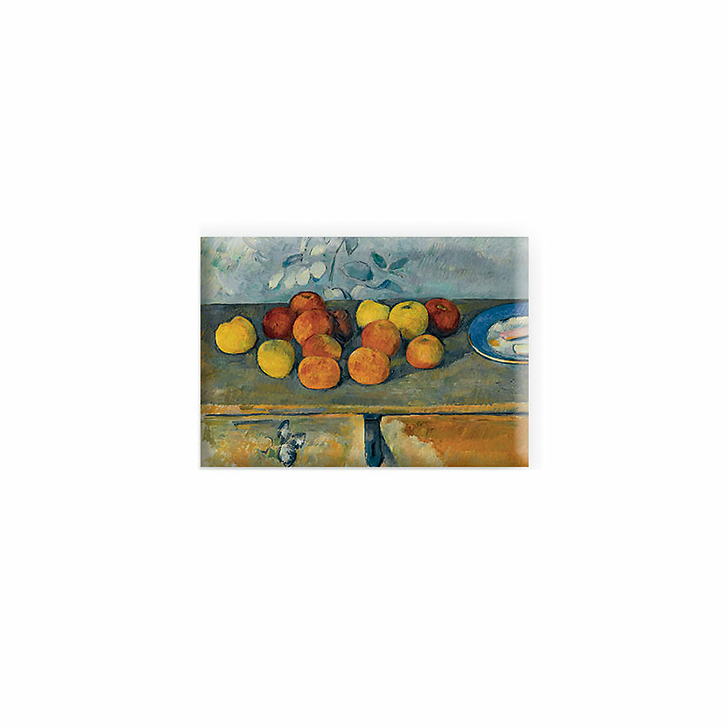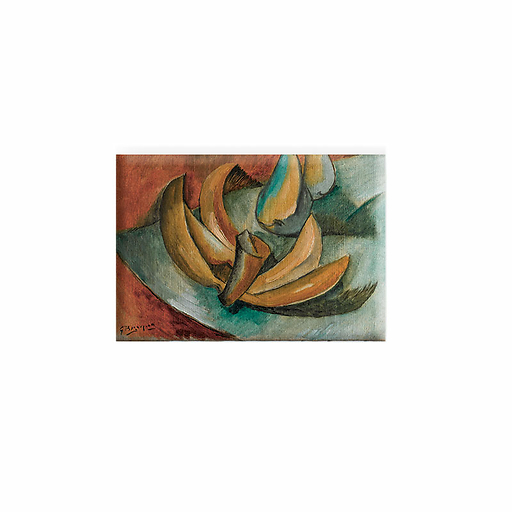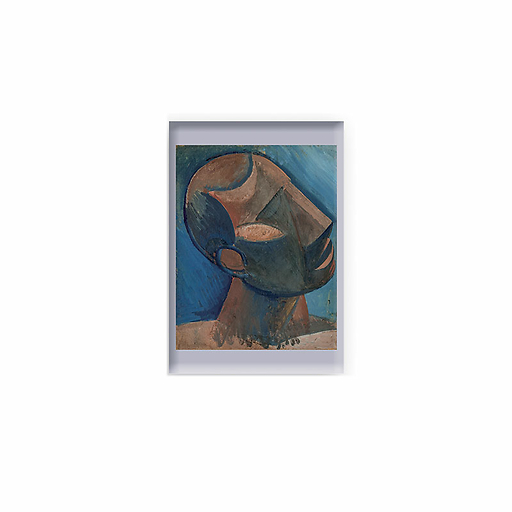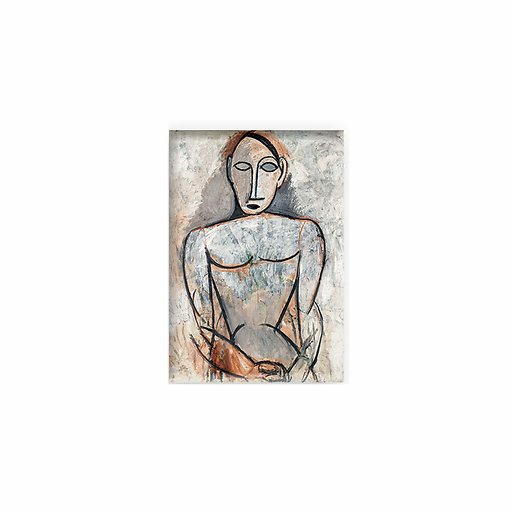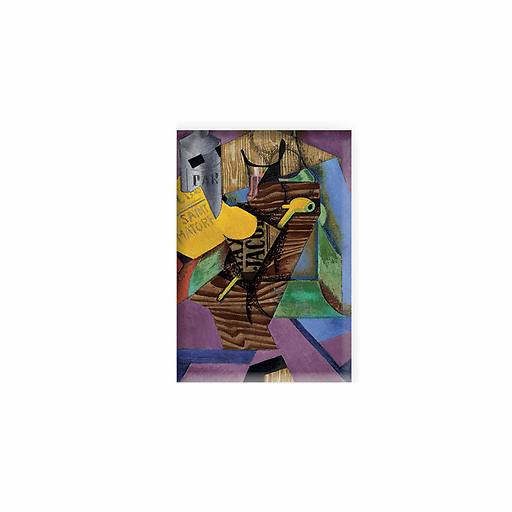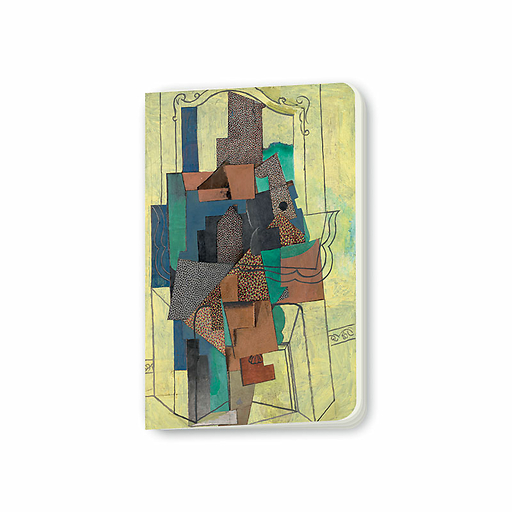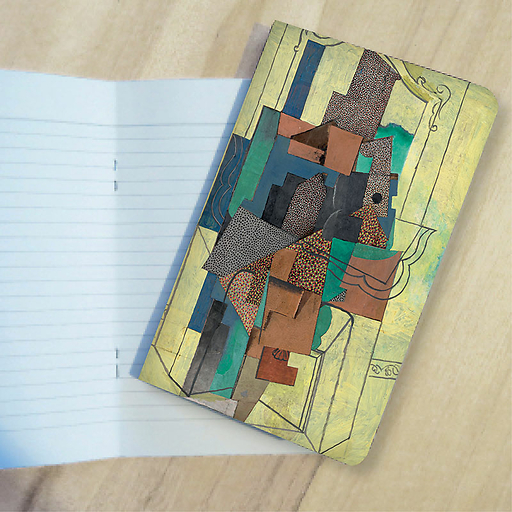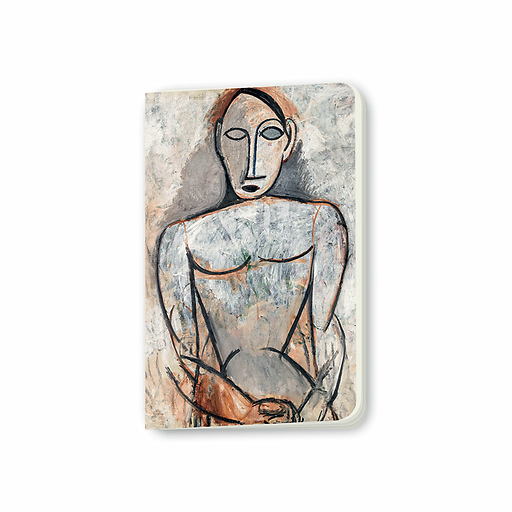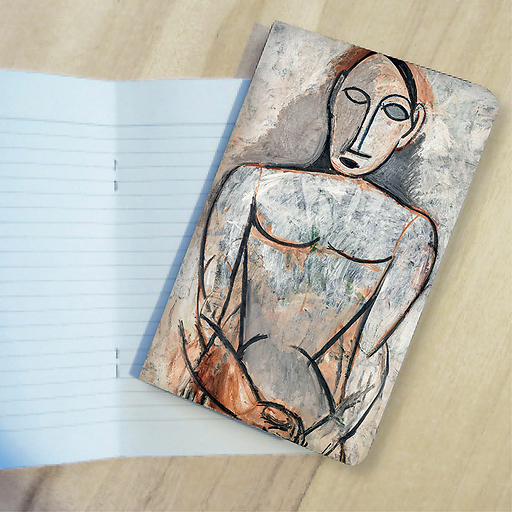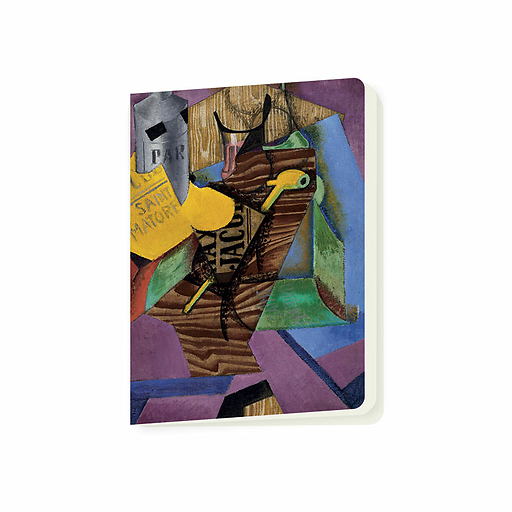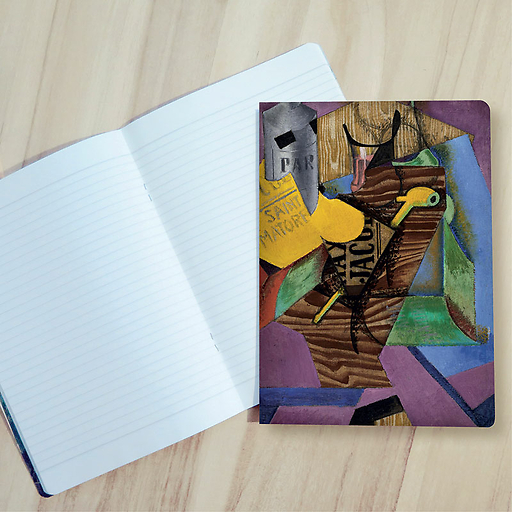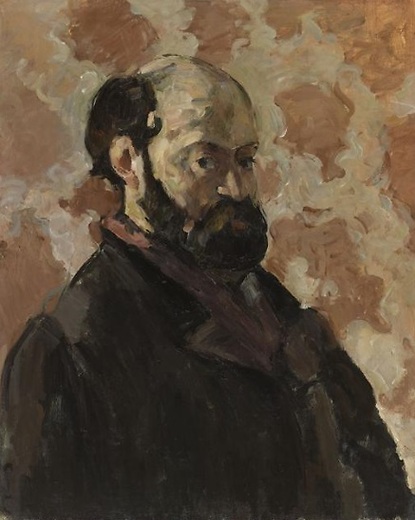This magnet was published for the exhibition "Gertrude Stein and Pablo Picasso The Invention of Language" at the musée du Luxembourg from September 13, 2023 to January 28, 2024
Paul Cézanne (1839-1906)
Apples and biscuits, 1880
Oil on canvas. H. 45 ; l. 55 cm. Musée de l'Orangerie, Paris.
© RMN-Grand...
Read more
This magnet was published for the exhibition "Gertrude Stein and Pablo Picasso The Invention of Language" at the musée du Luxembourg from September 13, 2023 to January 28, 2024
Paul Cézanne (1839-1906)
Apples and biscuits, 1880
Oil on canvas. H. 45 ; l. 55 cm. Musée de l'Orangerie, Paris.
© RMN-Grand Palais (musée de l'Orangerie) / Franck Raux
This painting is one of Paul Cézanne's most stunning masterpieces and one of the symbols of his great mastery of still life painting. Domenica Walter paid a vast sum for it in 1952. This sensational purchase attracted public attention both to her and to her magnificent collection.
Here Cézanne created a very balanced composition with just a plate and a few apples arranged on a chest. His experiments into stylising forms and expressing volume through colour are fully developed in this painting. In fact Cézanne painted many still lifes at a time when this was considered a minor genre and was rather neglected. He wanted to restore its prestige and "to conquer Paris with an apple". For Cézanne, the pure form of this fruit was a poetic symbol. It also alludes to his great friendship with Emile Zola (1840-1902), the future writer and journalist, and an old school friend, who once gave Cézanne some apples as thanks for a favour.
Close

